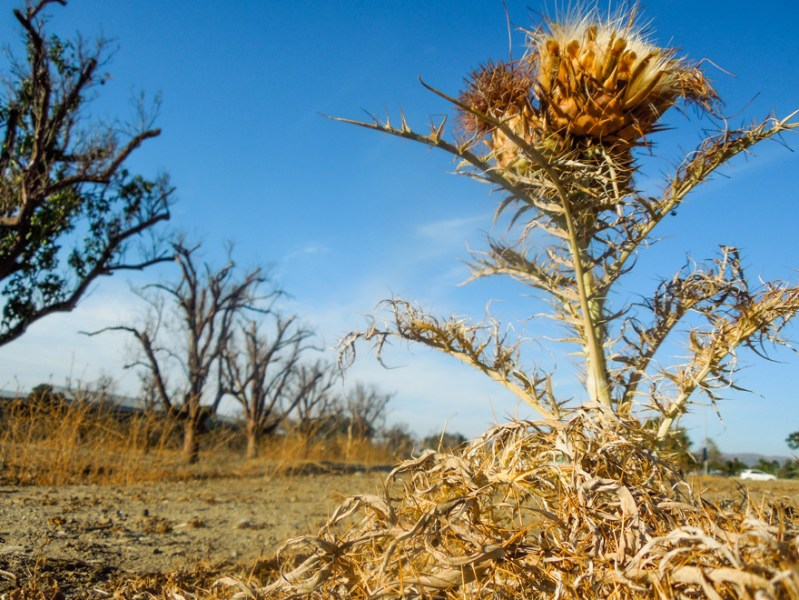Stanford researchers developed a new tool to optimize irrigation systems to help farmers reduce their water usage. Daniel Tartakovsky, professor of energy science and engineering, and Weiyu Li Ph.D. ’23 devised a method for ‘smart’ irrigation by improving estimates of evapotranspiration rates from soil moisture. Evapotranspiration is when water from irrigation evaporates from the plant and soil surface.
As water becomes a more scarce resource, some farmers are turning to water-smart agriculture to minimize water usage and maximize yield. Water-smart agriculture depends on accurate estimation of how much water plants are taking up and how much is lost to the atmosphere. Accurately measuring these rates can inform farmers of the optimal quantity and frequency of watering of their crops, to avoid overuse of water for irrigation.
Previous research in the field of estimating evapotranspiration has been focused on the vertical flow of water during drip irrigation. However, the drawback of this is that it leads to less precise estimation of evapotranspiration rates.
Li’s study aims to factor the non-linear flow of water during drip irrigation, which varies with soil type and comes with additional challenges.
“Water flows in three dimensions,” Li said. “Different types of soil also have different abilities to absorb water. However, it is very computationally expensive to consider all these factors.”
To bypass these computational challenges, Li and Tartakovsky combined maximum likelihood estimation and the ensemble Kalman filter algorithms to help researchers work with a large number of variables, to speed up the computation process multifold, enabling near-real time adjustments to irrigation schedules.
Alexandra Konings, assistant professor of earth system science and primary investigator of Stanford’s Remote Sensing Ecohydrology, expressed excitement about this new research, which could accelerate the development of water-smart farming. Konings wrote that “this paper provides an exciting way to cut down on some of that computational cost. If it can be implemented in practice, this could make water-smart agriculture more tractable and more efficient.”
Wesley Hartmann, a professor of marketing at Stanford’s Graduate School of Business, has recently begun working with the team to integrate their algorithms with soil sensor and drip irrigation technology. He believes that the biggest challenge for scaling such technology is that the majority of drip irrigation in the world is concentrated in California, so expanding the reach of this sustainable irrigation model would mean expanding the use of drip irrigation techniques along with the use of these algorithms worldwide.
“Once we understand a little bit better how the farmers set their drip timers, and what technology they use, we need to find partners to be able to work with it,” Hartmann said.
With his experience in smart irrigation in the residential sector, Hartmann hopes to work with the researchers to integrate their algorithms into current drip irrigation and soil sensor technology. So far, drip irrigation and soil sensor technology has not been focused on optimizing water use.
Li looks forward to researching the penetration of water into soil for different types of soil and comparing irrigation techniques to quantify the water savings using their tools.
